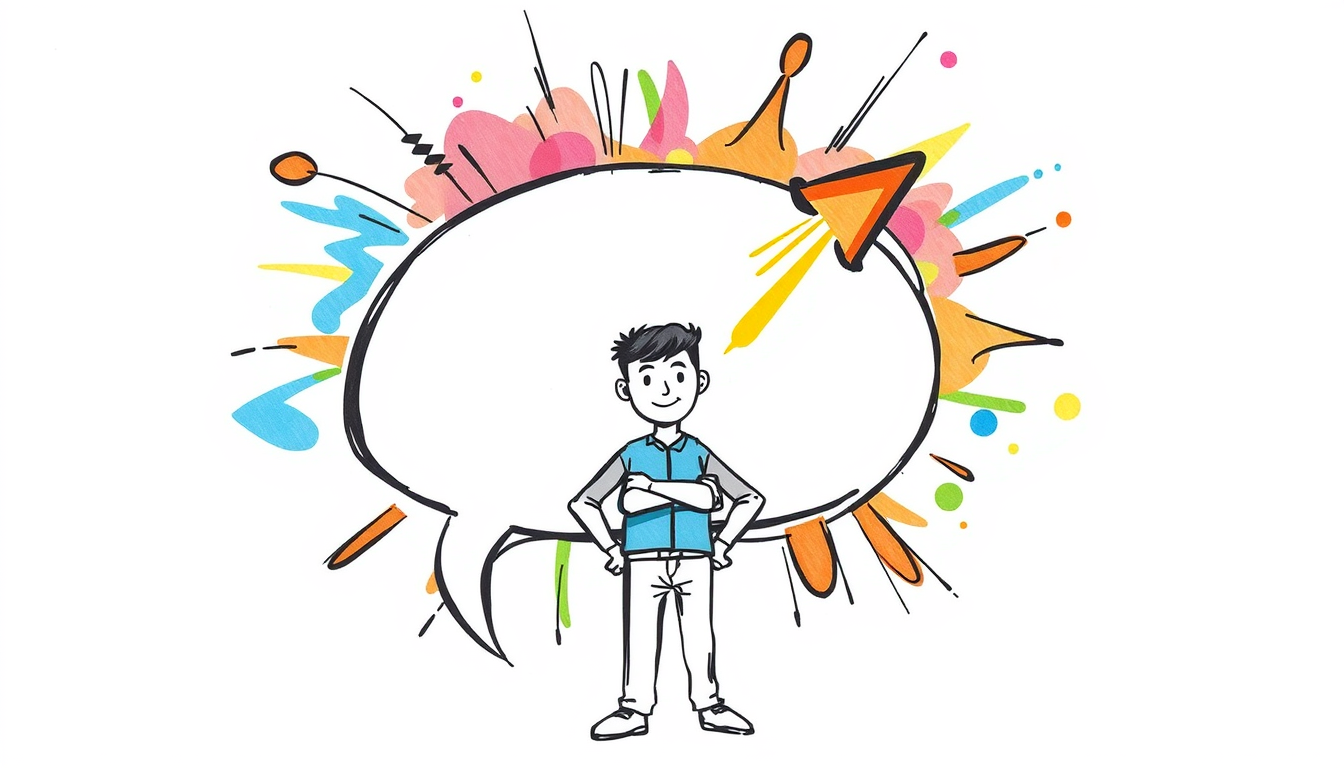The Importance of Assertiveness in Communication
Assertiveness in communication is a critical skill that allows individuals to express their thoughts, opinions, and needs in a clear and respectful manner. It involves standing up for oneself while also considering the rights and feelings of others. By being assertive, individuals can build stronger relationships, set boundaries, and gain the respect of those around them.
When individuals lack assertiveness in communication, they may struggle to effectively convey their ideas or assert their needs. This can lead to misunderstandings, conflict, and feelings of being taken advantage of. Developing assertiveness skills can help individuals communicate more confidently, resolve conflicts constructively, and foster healthier and more fulfilling interactions with others.
Understanding Different Communication Styles
Communication styles can vary greatly from person to person, influenced by factors such as upbringing, culture, and personal experiences. Some individuals may prefer direct and assertive communication, while others may opt for a more indirect and diplomatic approach. Understanding these differences is crucial in navigating interactions effectively and building strong relationships.
Moreover, being aware of different communication styles allows individuals to adapt their own approach accordingly. By recognizing and respecting diverse ways of expressing thoughts and feelings, misunderstandings can be minimized, and communication can become more successful. Ultimately, learning to appreciate and adapt to various communication styles is key in fostering open and positive dialogues in both personal and professional settings.
Developing Self-Confidence in Communication
Building self-confidence in communication is crucial for expressing oneself effectively and assertively. One way to enhance confidence is by preparing and practicing what you want to say beforehand. By rehearsing your thoughts and ideas, you can speak more confidently and clearly during conversations. Additionally, reminding yourself of past successes in communication can help boost your self-assurance in future interactions.
Another strategy to develop self-confidence in communication is to work on your body language. Maintaining good posture, making eye contact, and using hand gestures can convey confidence to others. Paying attention to your tone of voice and speaking at a steady pace can also contribute to how confident you appear. By fine-tuning these nonverbal cues, you can feel more self-assured and project a strong presence during conversations.
Setting Boundaries in Interactions
Setting boundaries in interactions is essential for maintaining healthy relationships and promoting mutual respect. By clearly communicating your limits and expectations, you establish guidelines for how others should treat you. It is important to be firm and consistent in setting boundaries, as this helps prevent misunderstandings and promotes a more positive and harmonious interaction.
When setting boundaries, it is crucial to be assertive and confident in expressing your needs and preferences. Remember that it is okay to say no or speak up when something makes you uncomfortable. By articulating your boundaries effectively, you help others understand where the line is drawn and encourage respectful communication.
Active Listening Skills for Effective Communication
Active listening is a crucial component of effective communication. It involves fully concentrating, understanding, responding, and remembering what is being said. By actively listening, you are demonstrating to the speaker that their thoughts and feelings are being valued and respected. It can help in building strong relationships, resolving conflicts, and fostering trust.
To practice active listening, make sure to maintain eye contact with the speaker and show genuine interest in what they are saying. Avoid interrupting or formulating your response while the speaker is still talking. Instead, focus on understanding their perspective before sharing your own thoughts. Reflecting back on what was said, paraphrasing, and asking clarifying questions can also enhance your active listening skills and show your engagement in the conversation.
Constructive Feedback Techniques
Providing constructive feedback is a crucial aspect of effective communication in both personal and professional relationships. It involves offering insights and suggestions in a manner that is helpful and supportive, focusing on specific behaviors or actions rather than criticizing the individual as a whole. When delivering feedback, it is essential to be direct and clear, ensuring that the recipient understands the intended message without ambiguity.
One effective technique for providing constructive feedback is to use the “sandwich” approach, where the feedback is framed between two positive comments. This helps balance the constructive criticism with recognition of strengths and achievements, creating a more receptive environment for the recipient. Additionally, offering feedback in a timely manner allows for immediate course correction and improvement, preventing misunderstandings from escalating into larger issues. Remember, the goal of constructive feedback is to promote growth and development, ultimately fostering stronger relationships and better communication dynamics.
Handling Conflict Diplomatically
When faced with conflict, it is crucial to approach the situation with a calm and composed demeanor. Emotions can often cloud judgment, making it challenging to resolve issues effectively. By staying level-headed and maintaining a respectful tone, you can create a conducive environment for a constructive conversation.
Listen actively to the concerns of the other party and strive to understand their perspective. Avoid interrupting or dismissing their feelings, as this can escalate tensions. By demonstrating empathy and showing a genuine interest in finding a resolution that satisfies both parties, you can work towards diffusing the conflict in a diplomatic manner.
Nonverbal Communication Cues to Pay Attention to
Nonverbal communication cues are a vital aspect of understanding the true meaning behind an individual’s words. From facial expressions to body language, these nonverbal signals can provide valuable insights into a person’s emotions and intentions. One key cue to pay attention to is eye contact. Sustained eye contact can indicate interest, confidence, and honesty, while avoiding eye contact may suggest discomfort, dishonesty, or disinterest.
In addition to eye contact, pay close attention to facial expressions. A smile can convey warmth and friendliness, while a furrowed brow may signal confusion or displeasure. Body language, such as posture and gestures, can also reveal a lot about a person’s state of mind. An open and relaxed posture often signifies receptiveness and approachability, whereas crossed arms or fidgeting may indicate defensiveness or discomfort. By honing your ability to interpret these nonverbal cues, you can enhance your communication skills and better connect with those around you.
Empathy and Understanding in Communication
Empathy plays a crucial role in effective communication. It involves the ability to understand and share the feelings of another person without judgment. When we approach interactions with empathy, we can better connect with others on a deeper level, fostering trust and rapport. By actively listening and trying to see things from the other person’s perspective, we demonstrate that we value their emotions and experiences.
Understanding is another key component in communication that complements empathy. It involves grasping the message being conveyed, both the words spoken and the underlying emotions. When we take the time to truly understand what someone is trying to communicate, we can respond in a more meaningful and appropriate manner. This not only strengthens the connection between individuals but also helps to avoid misunderstandings and conflicts.
Practicing Assertiveness in Various Social Contexts
Assertiveness is a valuable skill that can be applied in a variety of social contexts. In professional settings, being assertive can help you communicate your needs, set boundaries, and express your opinions effectively. It allows you to stand up for yourself without being aggressive or passive, leading to clearer communication and healthier relationships with colleagues and superiors.
Similarly, in personal relationships, practicing assertiveness can enhance the quality of interactions with friends, family members, and romantic partners. By clearly expressing your thoughts and feelings in a respectful manner, you can avoid misunderstandings, address conflicts constructively, and build stronger connections based on mutual respect and understanding. In social situations, assertiveness can also help you navigate conversations, establish your preferences, and assert your personal boundaries confidently.
• In professional settings, assertiveness can help you communicate your needs effectively
• It allows you to set boundaries and express opinions without being aggressive or passive
• Assertiveness leads to clearer communication and healthier relationships with colleagues and superiors
• In personal relationships, practicing assertiveness can enhance interactions with friends, family, and romantic partners
• By expressing thoughts and feelings respectfully, misunderstandings can be avoided
• Address conflicts constructively to build stronger connections based on mutual respect
• Assertiveness in social situations helps navigate conversations confidently
• Establish preferences and assert personal boundaries effectively
Why is assertiveness important in communication?
Assertiveness is important in communication because it allows individuals to express their thoughts, feelings, and needs effectively while respecting the rights of others.
How can I develop self-confidence in communication?
You can develop self-confidence in communication by practicing active listening, setting boundaries, and understanding different communication styles.
What are some nonverbal communication cues to pay attention to?
Nonverbal communication cues to pay attention to include body language, facial expressions, eye contact, and tone of voice.
How can I handle conflict diplomatically?
You can handle conflict diplomatically by staying calm, listening actively, expressing your thoughts and feelings assertively, and seeking a mutually beneficial solution.
What is the importance of empathy in communication?
Empathy in communication is important because it allows individuals to understand and relate to the emotions and perspectives of others, leading to more effective and meaningful interactions.
How can I practice assertiveness in various social contexts?
You can practice assertiveness in various social contexts by applying the techniques of setting boundaries, active listening, and constructive feedback in your interactions with others.







Leave a Reply